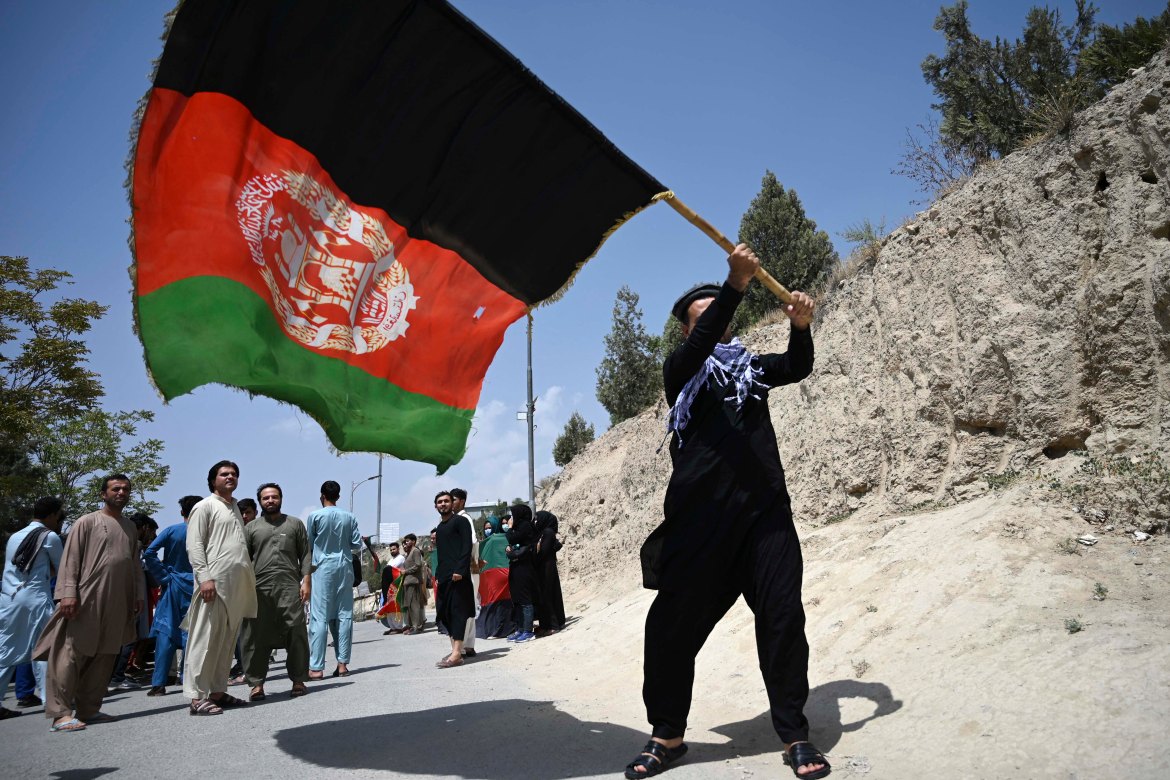In a tragic turn of events, a bloody and gruesome war fought for as long as some of us have been alive comes to an end with a defeat of magnanimous proportions. With the Taliban having taken over Kabul and disparaging reports about the country’s finances, the economic situation of Afghanistan is uncertain at best. So, with a compassionate understanding of the people’s sufferings, let’s delve deeper into the economics of the nation in peril.
Overview of Afghan Economy
With a population of just under 40 Million citizens, the country boasts a nominal GDP of $ 19.01 Billion as of 2019. The country is categorically counted as one of the poorest nations in the world. This is despite the fact that Afghanistan has proven untapped minerals worth upwards of a trillion dollars. However, with poor resource management, lack of central authority and control, underdeveloped infrastructure, and a continually waging civil war which recently came to an end with Taliban terrorists occupying Kabul, the country has not gotten much in the way of utilising its natural resources for its benefit. With an unemployment rate of over 23% and more than half its population living below the poverty line, a bulk of those unemployed finding refuges in smuggling, drug running, and terrorist outfits, seems to have pinned Afghanistan in a vicious cycle.
However, that’s just the situation today. How did the country fare historically?
Well, to understand how Afghanistan fared early on, we must answer as to when Afghanistan became a nation in the first place. You see, the country, like many in Asia, is composed of mostly tribal bands. Some of these are the Pashtuns residing on the Afghan-Pakistan border, Gujjars to the south, Uzbeks and Tajiks to the north, amongst a bevvy of other distinct ethnic-linguistic groups. Therefore, the nation-building process of Afghanistan was not a natural progression like it was in Europe. Under the rule of King Abdur Rahman Khan, the Durand Line border negotiations were finalised Afghanistan got its territorial boundary by the early 20th century.
Realising the growing necessity to maintain its sovereign integrity, Afghani Monarch rushed to build a modern army while establishing a monopoly on goods and services. Both these decisions led to immediate economic prosperity, however, they crippled the country’s ability to succeed in the long term.
It was during this time that Afghanistan, under western influences, began to industrialize. However, still, most of this industrial effort was directed towards the production of military equipment. Moving on, the Helmand Valley Authority Project of 1952 was the first modernisation project taken on by the nation. Severe disruptions in the country’s economic activities began with the Soviet Invasion of 1979. This, along with a persistent civil war that rages on to this day, has resulted in widespread destruction of the already poor state of Afghanistan’s infrastructure. Since the 1980s, there’s been a marked decline in economic activity due to war-induced disruptions, and loss of labour and capital. Some reprieve was seen in 2004 when according to IMF reports, the Economy of Afghanistan grew by 20% enjoying an expansion of 30% over the last year. This growth was owed to the aid received from international organisations and droughts coming to an end. In the period between 2002 to 2021, about $ 100 Billion worth of aid has been received by Afghanistan.

What’s Next?
Through this series on Afghanistan’s economy, we will explore how the economy developed, what were some of the issues with the implementations of their economic policy, what its future is going to look like and more. So, why should we care about Afghanistan’s economy in the first place? Well, it’s quite simple really. As Mark Twain said, “History doesn’t repeat itself, but it often looks similar.” India’s proximity to Afghanistan requires a careful balancing act to prevent the country from succumbing to geo-political interests antagonistic to India’s foreign policies. Moreover, Afghanistan is home to nearly $ 3 Billion worth of Indian investments with more in the pipelines. Under such extenuating circumstances, the future and scope of the country’s economics impacts and affect’s India’s position in the subcontinent.

